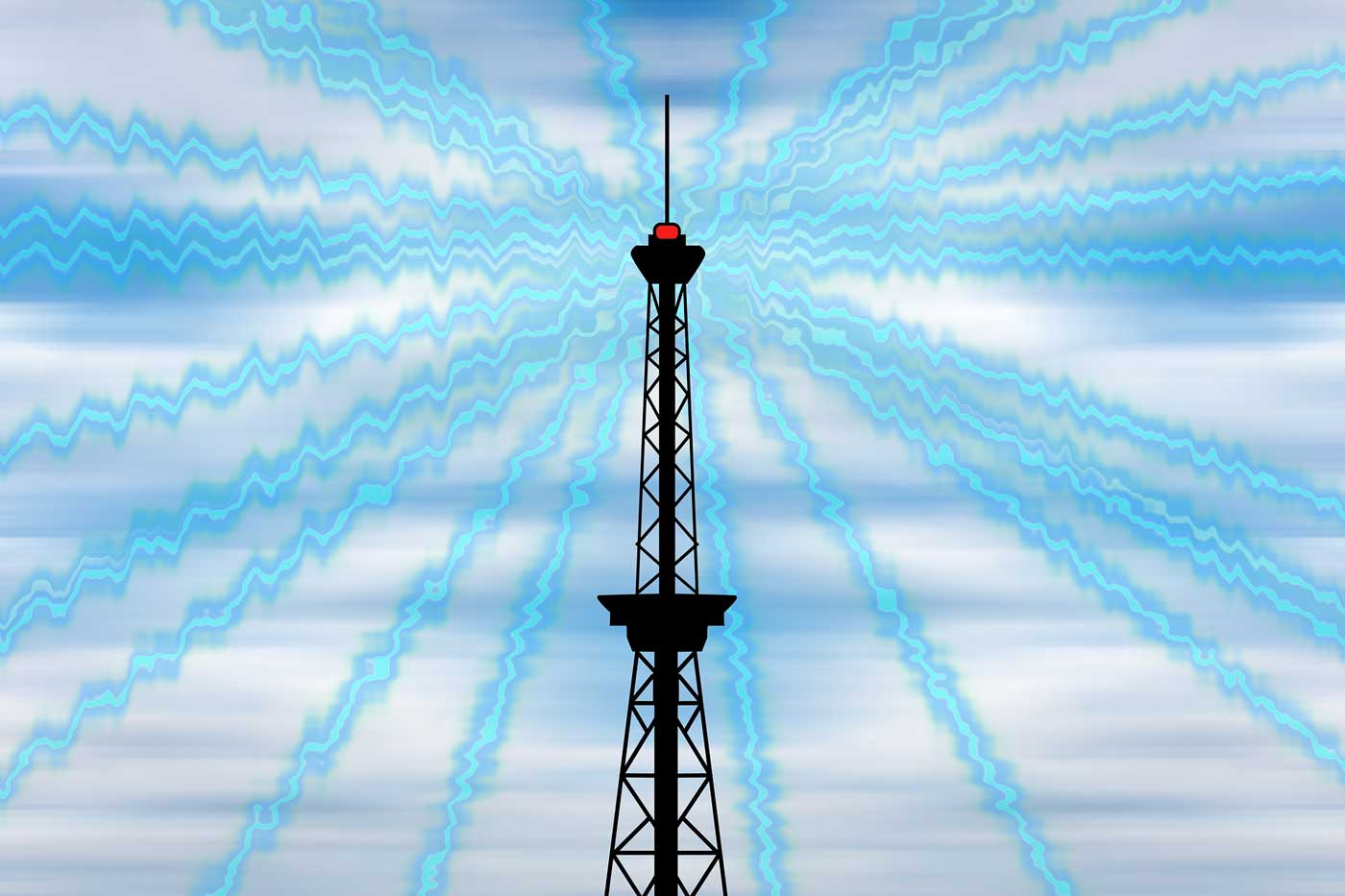Very best safest distance from the 5G cell Tower system?

If you've ever walked through a town you might have noticed tiny mini 5G cell towers on the poles of street lights. They appear like tiny boxes, but they're actually broadcasting wireless signals from cellular providers to your phone.
These smaller towers are replacing the larger specially-designed cell towers. While they're not as noticeable but they can still create problems for those who live nearby.
The Federal Communications Commission's Radiation Exposure Thresholds
The FCC's Radiation Exposure Thresholds determine the maximum amount of time one can expose to electromagnetic radiation from wireless devices. The limits for exposure are based on scientific data that show that RF energy can be harmful to human health.
The specific absorption rate (SAR) is an indication of the amount of radiofrequency energy taken up by tissues. It is typically 1.6 milliwatts per kilogram averaged over one gram of tissue.
But, since how to protect yourself from 5g radiation operates at higher frequencies, it has the potential to cause greater energy intensity on the skin as well as other body areas. This can result in a wide range of potential problems, including an increased the development of skin conditions such as dermatitis, skin cancer and cataracts.
Because of the potentially negative effects of 5G radiation, PSU has chosen to establish a general, localized limits on power density, which is 4mW/cm2 based on the average across 1 centimeter, and not to exceed 30 minutes for the entire 5G spectrum at 3000 GHz. This localized limit is consistent with the peak SAR spatial-average of 1.6 W/kg, which is averaged over 1 g of tissue at 6 GHz.
The FCC's Maximum Exposure Thresholds for Maximum Exposure
If you've ever used a cell phone, you're probably aware that the safest location from the tower should be at least 400 meters away. This is due to the power of transmission from a cell tower increases dramatically the further the tower is.
While this sounds like something that's good but the truth is that those living close to towers may actually be more prone to health problems. For example, a study from 2014 in India discovered that people who lived within 50 meters of cell towers had significantly more health complaints than those who were distance from them.
But, the study revealed that those who relocated to areas that were further from the cell towers saw their symptoms improve within a few days. Other studies have demonstrated that exposure to extreme frequencies of radiofrequency electromagnetic fields (EMFs) can cause cancer, brain tumors as well as other health issues.

This is because radiofrequency radiation, used in wireless communication can penetrate the human body's outer layer, the skin. This is important to understand since the skin functions as a barrier to protect against injury to the body, infection by pathogenic microorganisms, and entry of toxic substances. It is also the biggest organ of the human body. It is accountable for protecting other organs.
The FCC's Minimum Exposure Thresholds for the Minimum Exposure
The FCC's Minimum Exposition Thresholds are based upon many assumptions that aren't supported by scientific evidence. They include the incorrect belief that short-term exposures RF radiation is safe due to minimal absorption into body (i.e., tissue heating).
This also overlooks the more extensive penetration of ELF components of modulated RF signals, as well as the effect of brief bursts of heat generated by RF waves that are pulsed. These assumptions do not correspond with the current understanding of biological consequences of RF radiation, and thus, they should not be used for health protective exposure standards.
In how to protect your body from 5g to that, ICNIRP and FCC restrict their maximum exposure limits to local peak SARs that are based on the maximum spatial specific absorption rate (psSAR) which is not a sufficient dosimetric tool to determine the degree of exposure to RF radiation. Particularly, psSAR is inaccurate for frequencies above 6 GHz. In addition, psSAR is not been evaluated for RF radiation exposed to other agents of the environment such like sunlight. Interactions of RF radiation with other environmental agents could cause synergistic or antagonistic results. This would result in the risk of having adverse health effects. For instance, exposure to RF radiation and sunlight could increase the risk of developing skin cancer, as well as aggravate other skin disorders, such as acne.
